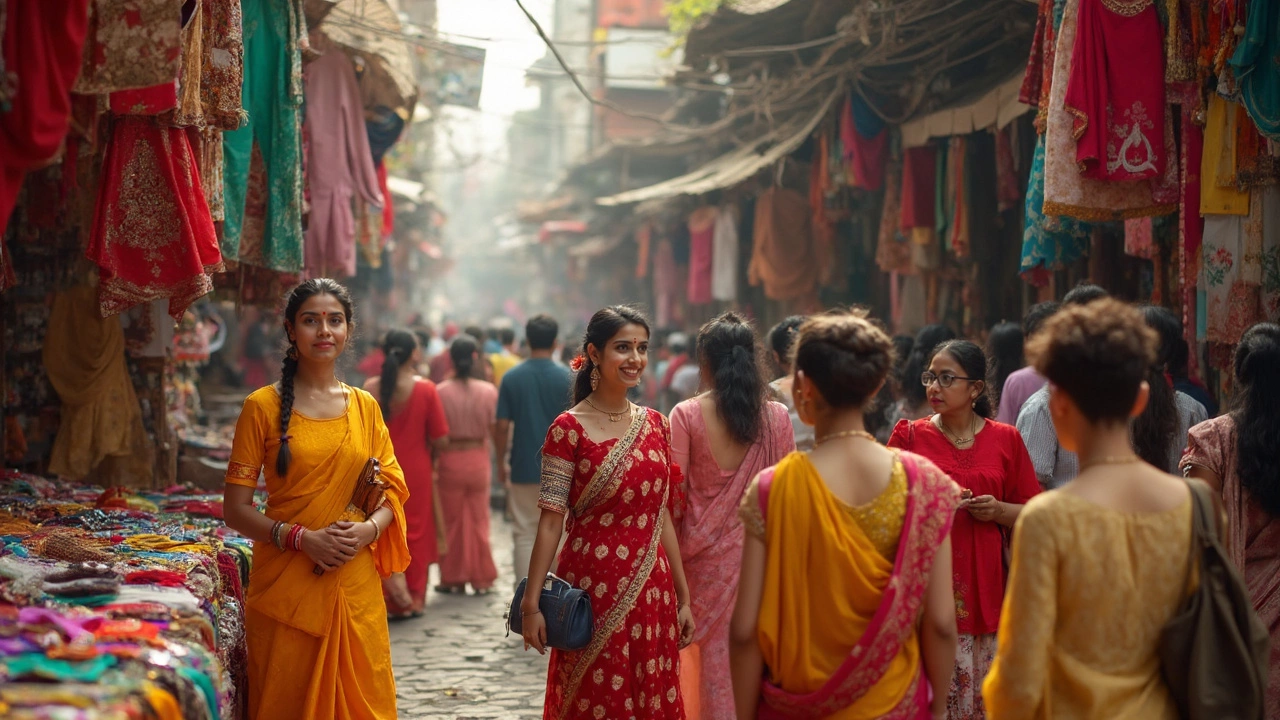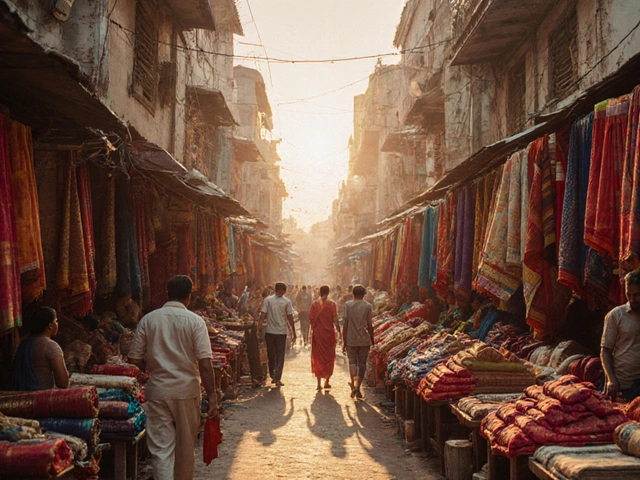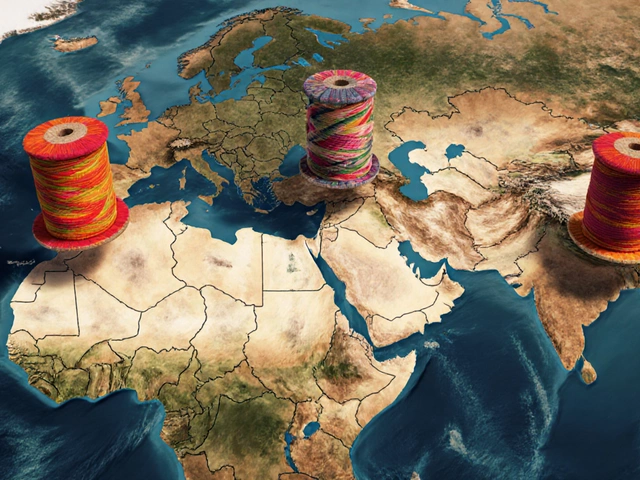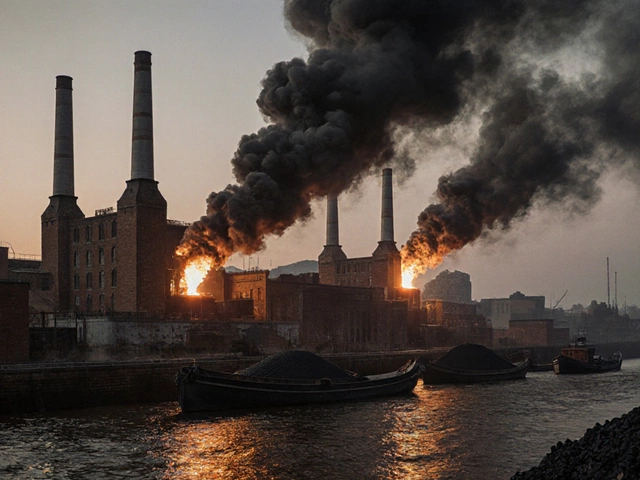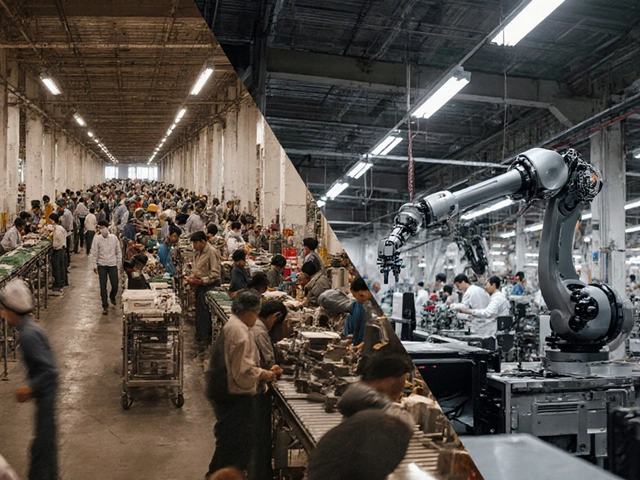Indian Fashion – What’s Hot, What’s Classic, and What’s Coming
If you’ve ever wondered why Indian outfits keep popping up on global runways, you’re in the right place. Indian fashion is a mix of age‑old handwork and fresh, tech‑driven ideas. Below we break down the biggest trends, the cultural bits that keep designers grounded, and how factories are shifting to greener ways.
Traditional Roots Meet Modern Design
First off, Indian fashion never really leaves its past behind. Hand‑loom weaves like Banarasi, Kanchipuram silk, and Madhubani prints still look amazing, but today they appear on street‑wear t‑shirts, denim jackets, and even athleisure gear. Designers love the story behind each pattern, so you’ll see a classic block print on a contemporary silhouette – it feels both familiar and new.
Another big move is the revival of regional crafts. Young entrepreneurs travel to villages, partner with artisans, and bring those techniques to online stores. That means you can buy a hand‑embroidered kurti without leaving your couch, and the maker gets a fair cut of the profit. It’s a win‑win that keeps the craft alive and gives shoppers a unique look.
Color is also a game‑changer. While Western minimalism sticks to neutrals, Indian designers aren’t shy about bright hues. Think deep maroons, electric blues, and mustard yellows paired with simple cuts. The result is an outfit that stands out without screaming.
Manufacturing and Sustainable Practices
Behind every stylish piece is a factory that decides how it’s made. In India, many manufacturers are upgrading to low‑water dyeing and solar‑powered machines. These changes cut energy bills and lower the carbon footprint, which is something eco‑conscious buyers care about.
Supply chain transparency is gaining traction, too. Brands now label where the fabric came from, how it was spun, and which workers stitched it. Apps let shoppers scan a QR code on the tag and see the whole journey. That level of detail builds trust and helps customers choose responsibly.
Cost is still a factor, but bulk orders and automated cutting reduce waste. Smaller startups use on‑demand printing, which means only the pieces you order are made. No extra inventory, no leftover stock ending up in landfills.
All these shifts – from honoring tradition to embracing green tech – shape the Indian fashion scene today. Whether you’re a designer looking for inspiration, a buyer hunting for fresh collections, or just curious about what’s next, the blend of heritage and innovation makes Indian fashion a space worth watching.
Discovering the Country with the Highest Demand for Indian Clothes
The demand for Indian clothes is soaring worldwide, with traditional garments attracting attention from diverse cultures. Exploring which country tops the charts reveals intriguing insights into global fashion trends and economic connections. Understanding key markets and consumer preferences can benefit Indian textile manufacturers looking to expand their reach. This article delves into data and cultural influences driving the demand for Indian apparel.
Read More